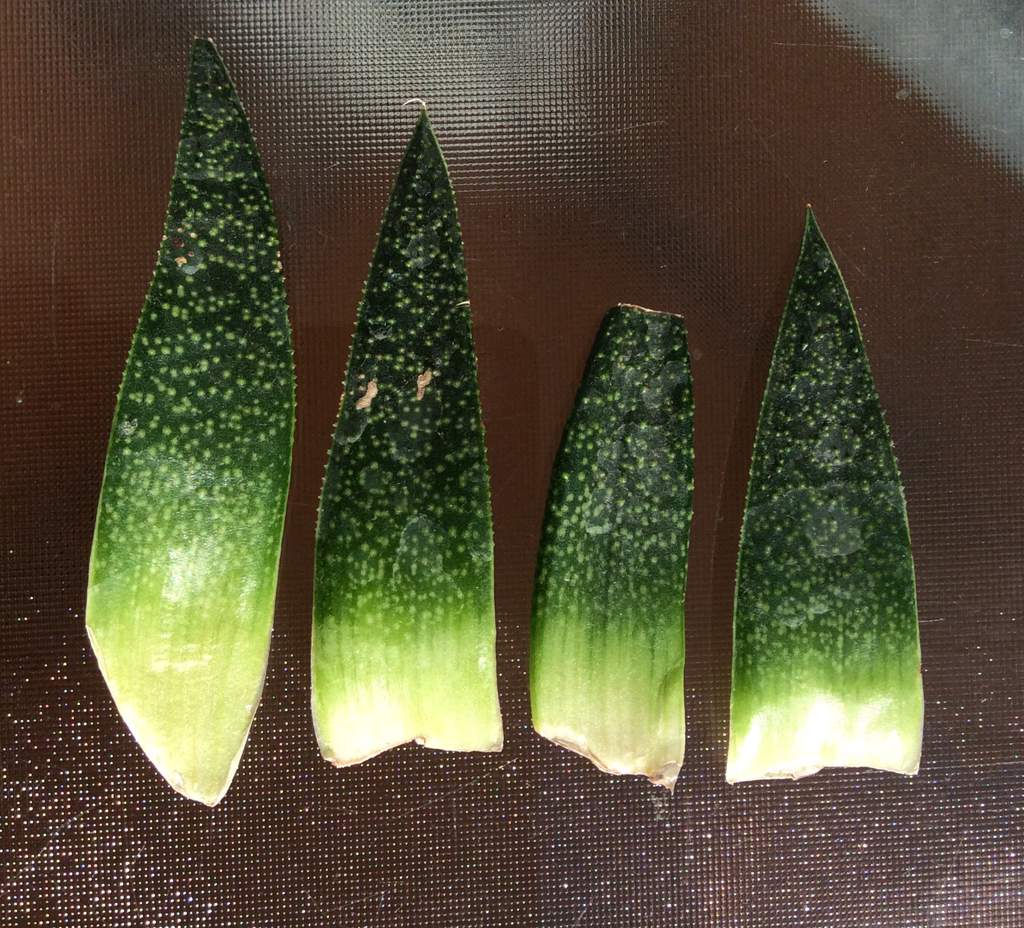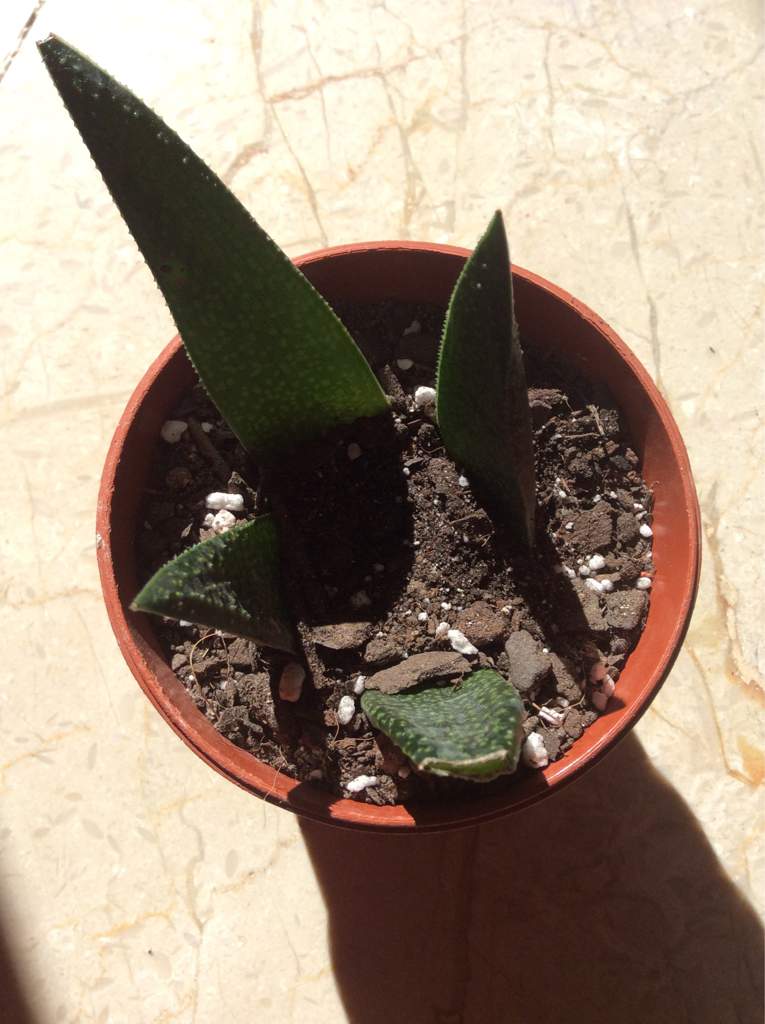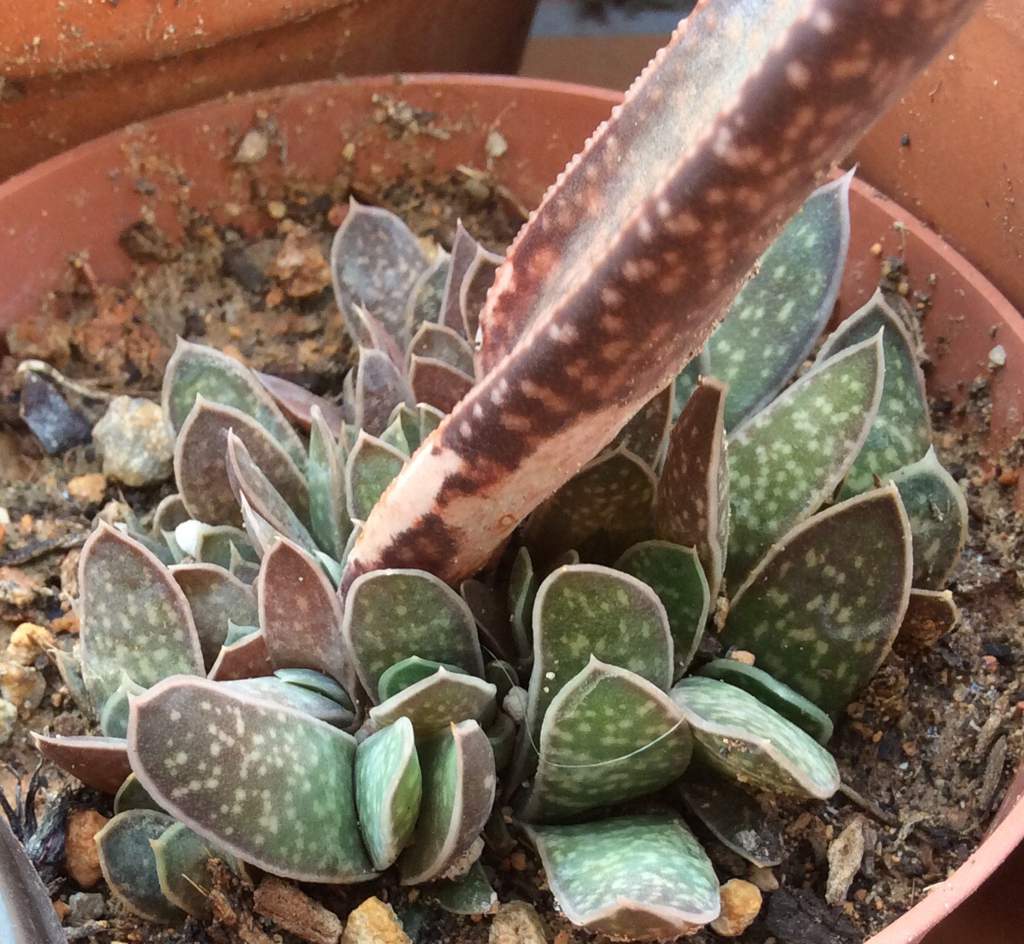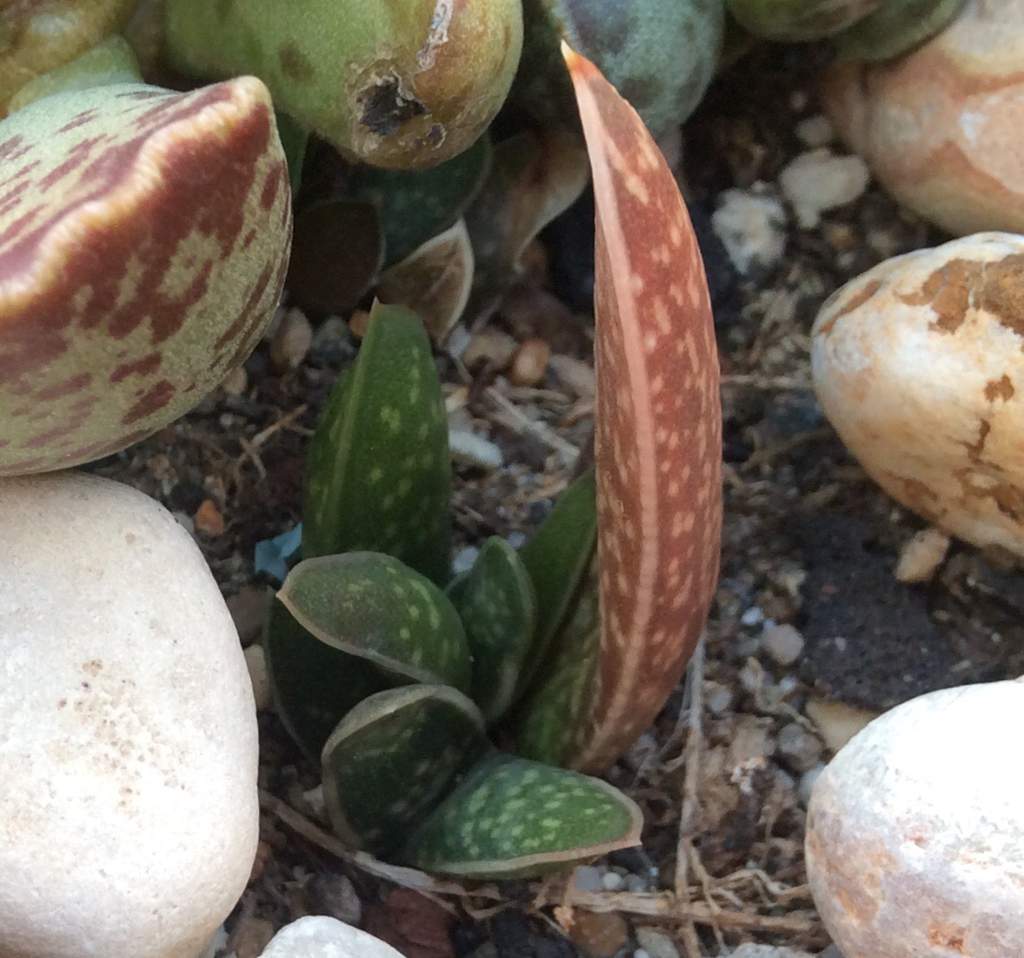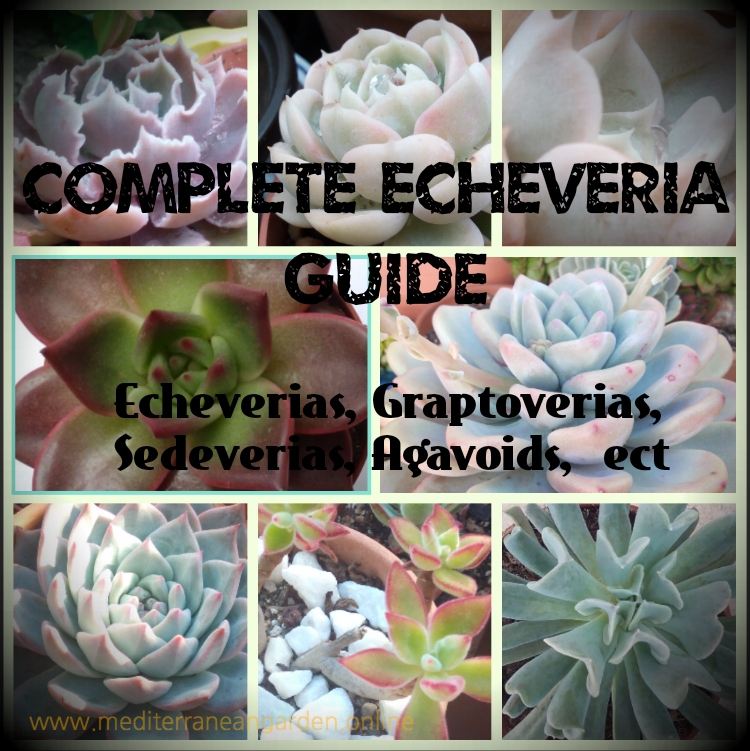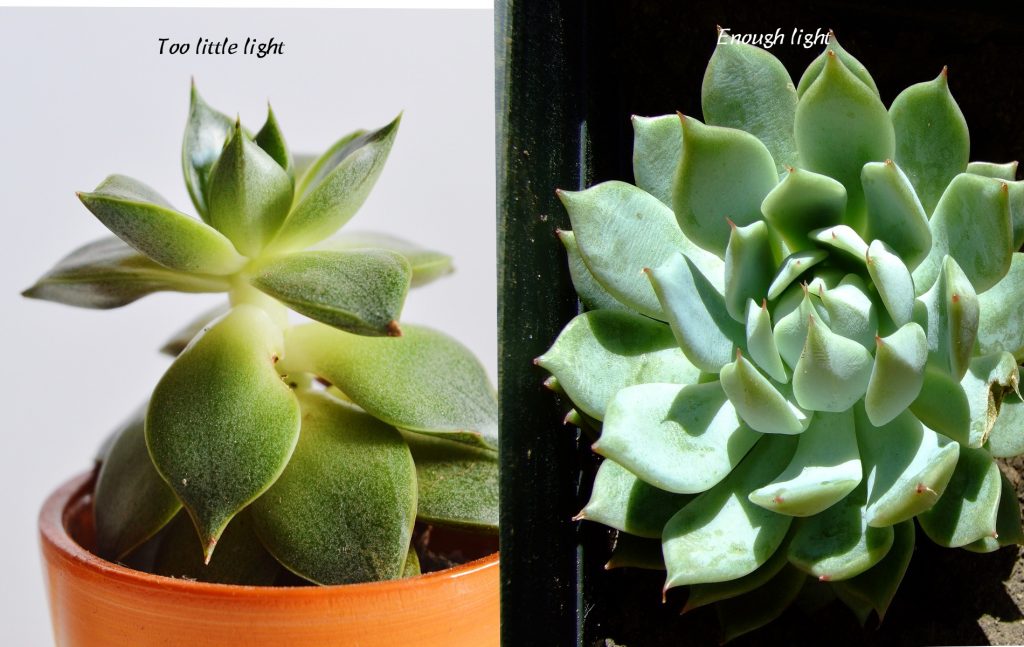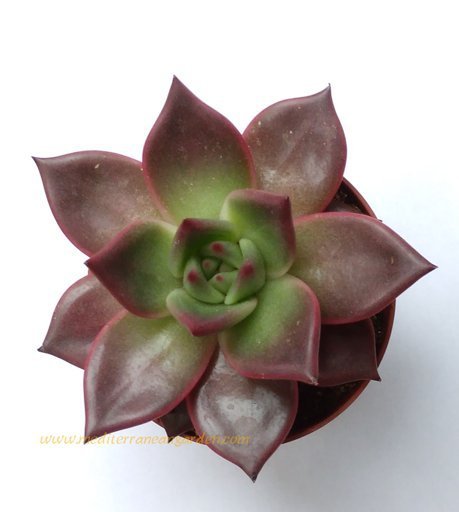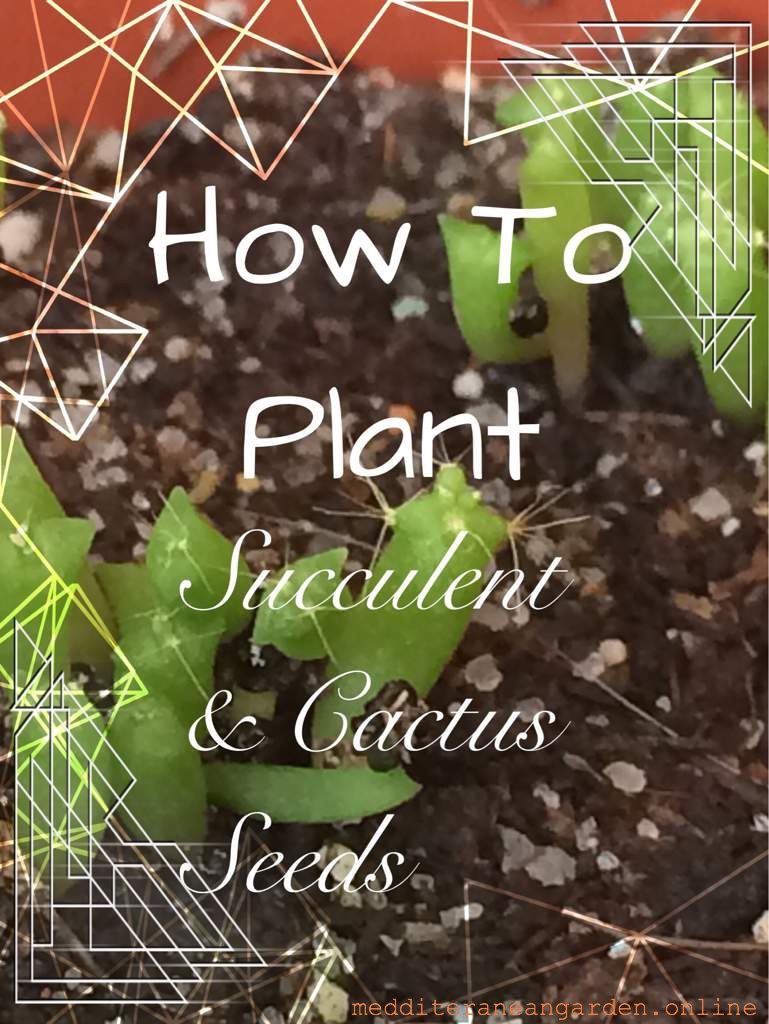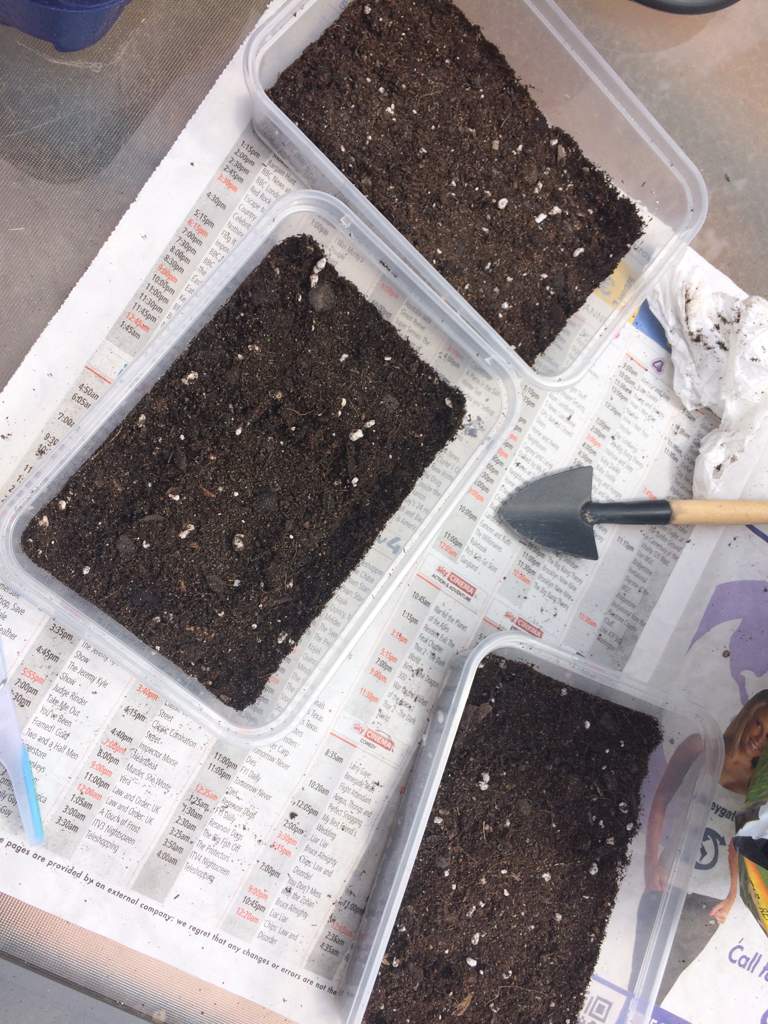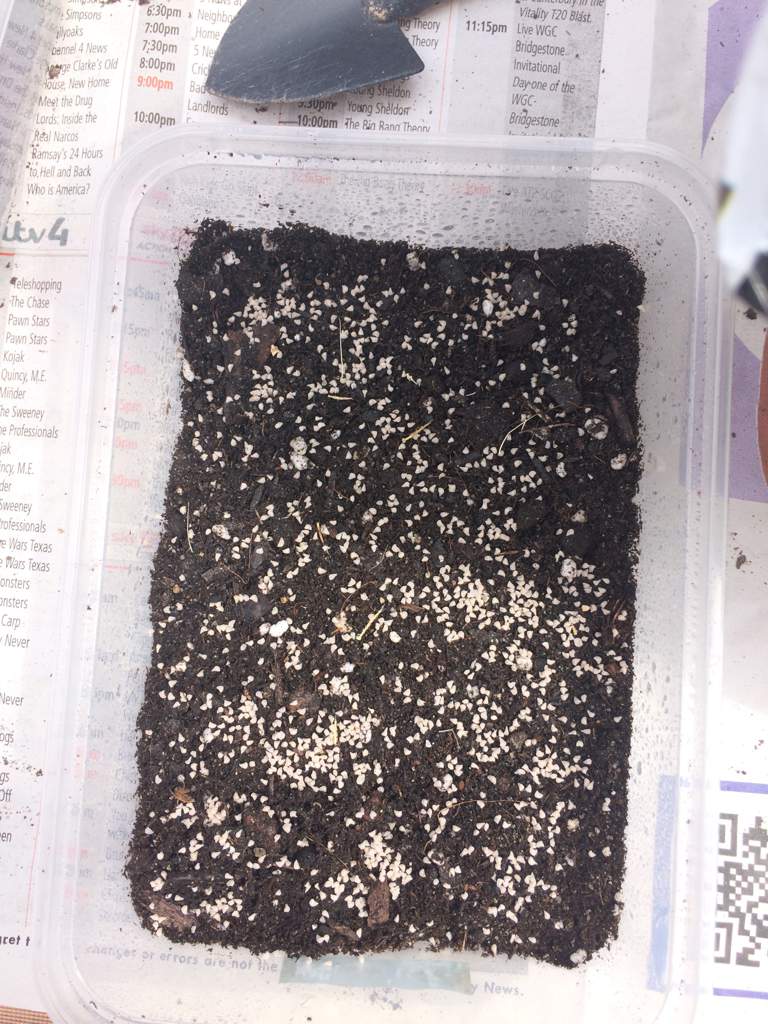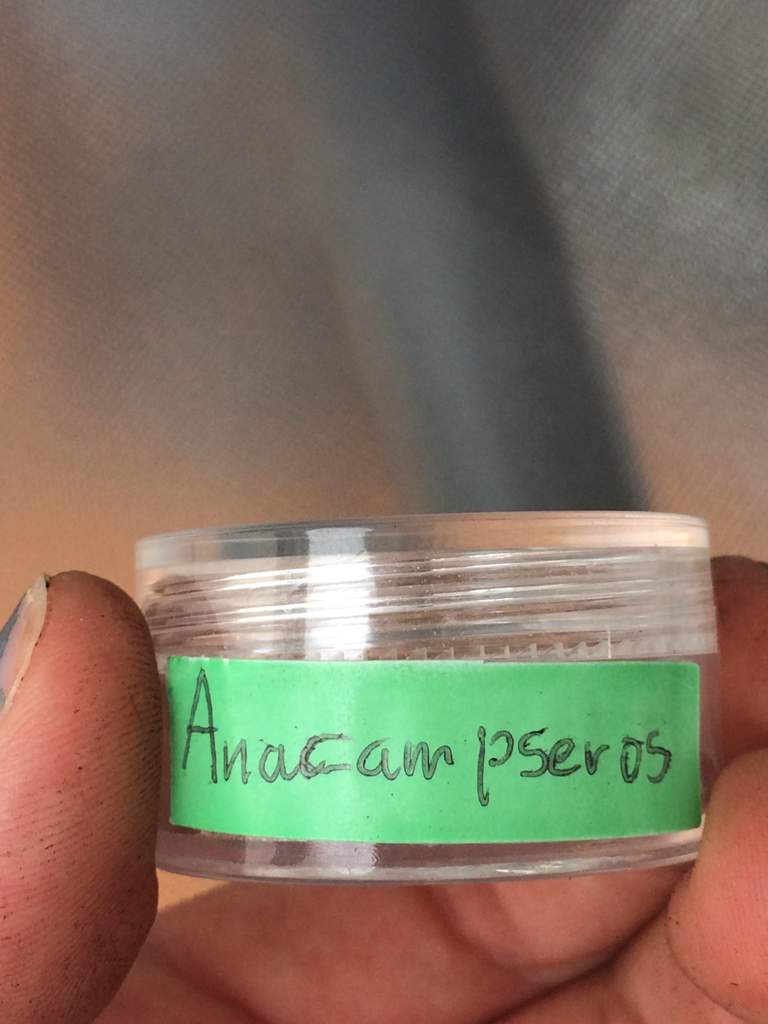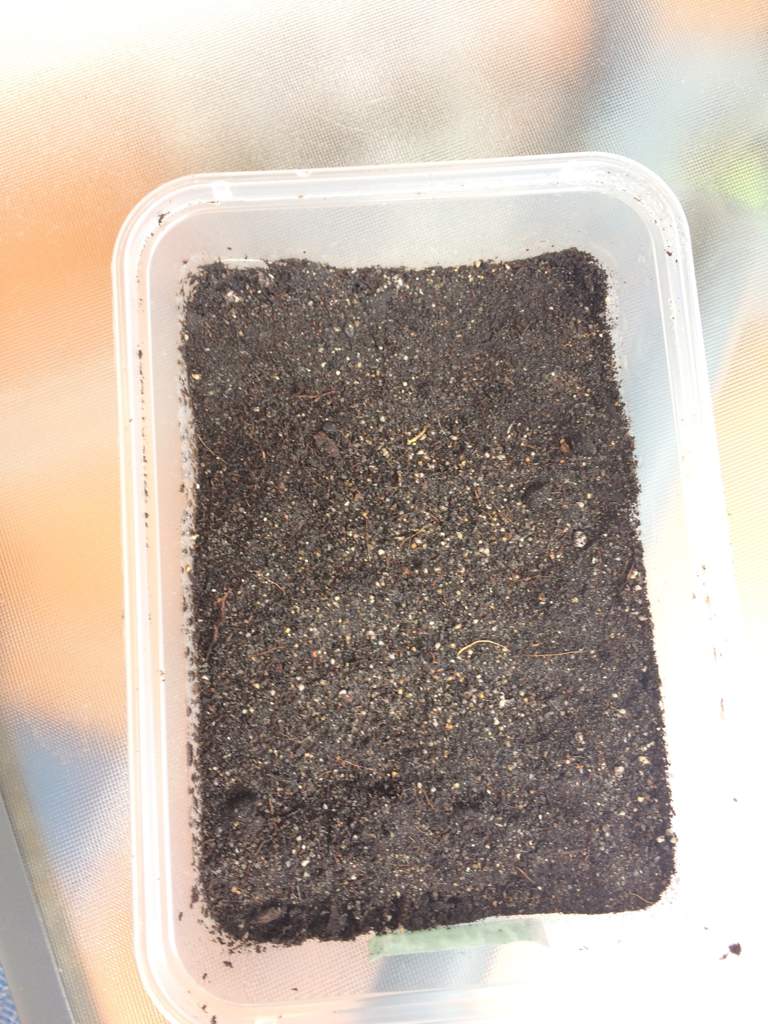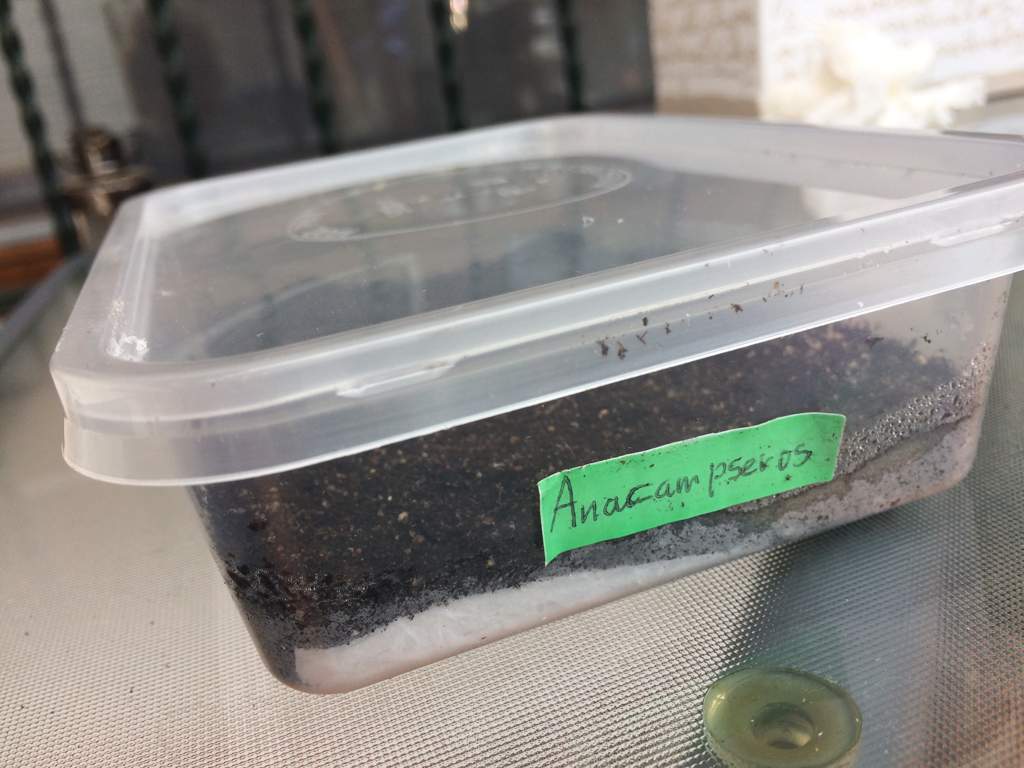Echeverias: identification
Echeverias are stunning little (or big) plants. They come in many different shapes (tree like, rippled, agavoid, ect), colours (green, pink, red, purple, blue, white, ect) and even texture (soft, fluffy, powdered, smooth, metalic, scaley, ect). There is one thing they all have in common, they are rosette shaped, even if they grow like a tree, for example Echeveria Red Velvet/Velvet Slippers.
(Keep in mind these are not beginner succulents)
Echeverias: origins and temperature
These beauties naturaly grow in Mexico and Central America, but now (with the help of grow lights) they can be found all over the world as common house plants. They’re ideal growing temperature is between 50 and 70°F or 10°C to 21°C. In cold countries full sunlight is necessary (or a grow light) but in warmer places like Mexico, Spain, Arizona, ect, you have to be careful with sunlight, since it can easily burn your Echeveria’s leaves. Another very important thing is, when you buy your plant from a store or nursery, do NOT leave it in direct sunlight. Almost every succulent is grown indoors, and has never felt sunlight before, therefore it will sunburn
Echeverias: Watering
These plants can be difficult, since there’s no exact schedule. You have to know when your plant needs watering by, either checking its leaves if there are dry (squishy/wrinkled) or not. But do not be mistaken, if its leaves are squishy, transparent, watery, ect, since that means it is rotting. Another big difference, is what soil your Echeveria has. If your Echeveria has Cactus Soil (with perlite, sand ect) the soil will dry quicker, therefore you need to water it more frequently. if it has regular soil (its not recommended) you should water very little. Also depends on how warm it is where you live. It is very important that if your plant has wet soil, or water on its leaves, then DO NOT LEAVE IT IN DIRECT SUNLIGHT!!!!! It will burn your plant completely.
Echeverias: pots/where to plant
Echeverias, like other succulents like semi shallow pots, preferably clay pots. For soil you should use Cactus Soil mixed with Perlite or Pumice. Plant it like any other succulent, and leave it for at least a few weeks before watering it like normal. You should try to avoid glass, plastic, paper or anything that doesn’t absorb water.Overall, Echeverias are not easy to care for, but with proper care, it can be done.That’s all for today, if you want to suggest any other care guides then be sure to comment. also if you have any questions about this, then be sure to comment.Bye!!!
